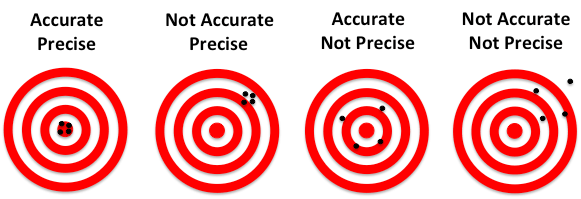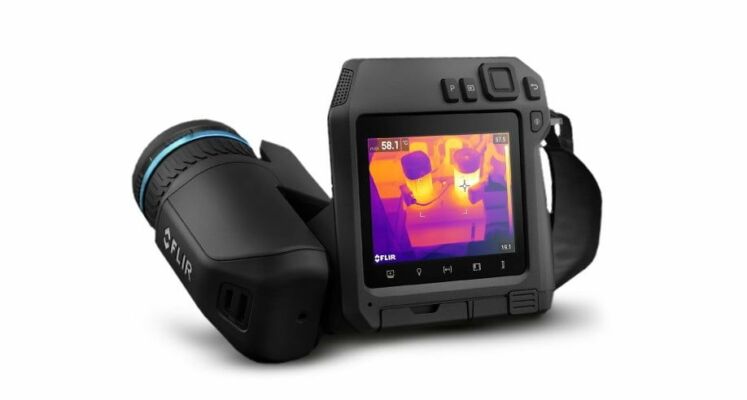What are the differences between cooled and uncooled thermal imagers?
Everyone is familiar with the standard thermal imagers. But did you know that there are also cooled models in our range? These offer a number of interesting advantages.
What is a cooled thermal imaging camera?
A cooled thermal imaging camera has an active motor to keep the sensor cool. Via a Stirling microcooler, the temperature drops to around -200 °C (70 K). This sensor cooling is necessary to get the thermal noise of the system to a level lower than that of the signal emitted by the scene.
Cooled thermal imaging cameras are mainly seen in fixed setups.
How do cooled thermal cameras differ?
Detection rate
Cooled thermal imaging cameras achieve much higher speeds, up to more than 1,000 fps.
Applications where high accuracy is desired at more than 25 fps usually call for a cooled thermal imager. The speed of synchronization also has a direct impact on this. The application may be slower, but if speed of response to a signal is important, a cooled thermal imager is the best option. Consider, for example, the use of active thermography.
Spatial resolution
A cooled sensor typically allows for a smaller spatial resolution, because of the shorter infrared wavelengths. This provides sharper images, but also better quality in macroscopic measurements. To measure something accurately, enough pixels are needed to distribute over the measuring object.
Accuracy
Do you need to detect very small temperature differences? Then a cooled thermal imager is the best option. It is much more accurate than a non-cooled model.
Filters
Filters become more effective with cooled cameras. This is because even with a warm filter, enough light still reaches the sensor. Thus, the image remains very clear. With uncooled cameras, much less light reaches the sensor to convert into an image.
Do cooled cameras also have disadvantages?
Unfortunately, cooled thermal imaging cameras also have some disadvantages. They are more expensive than uncooled models. This applies to both the purchase price and the consumption. After all, cooling is energy-intensive. In addition, it takes a while before you can use this camera, as the device needs several minutes to reach the correct temperature.
Looking for a cooled thermal imaging camera?
Make a choice from our complete range or ask for tailored advice. You can contact us for both the purchase and rental of cooled thermal imaging cameras.
Andere interessante artikels
In 6 steps to the right thermal imaging camera
In our range there are dozens of thermal imaging cameras with various specifications. Thus, there is a suitable model for every application, which we find using 6 questions.


